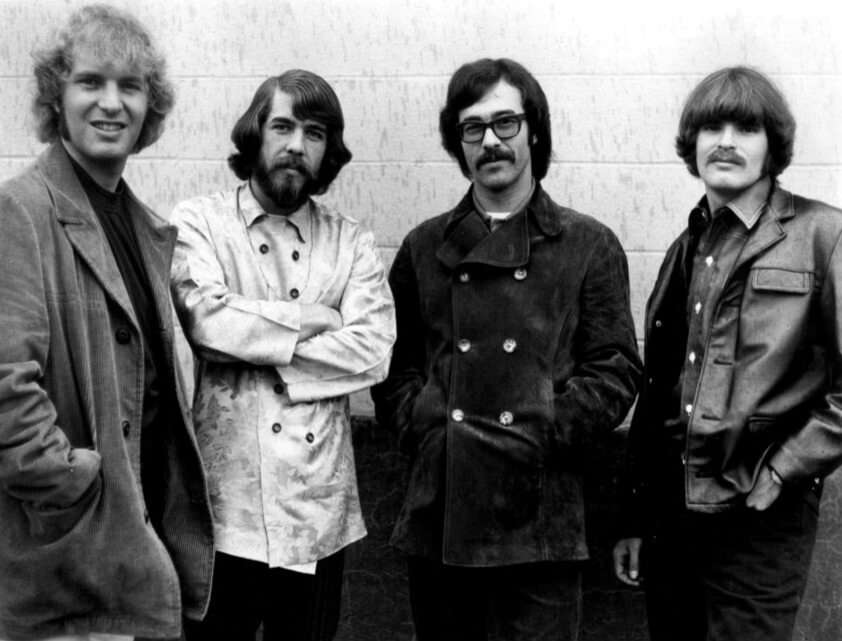
A soulful chameleon shifting in the twilight of the swamp-rock era
The moment Creedence Clearwater Revival slipped Pendulum into the world in December 1970, the tide had shifted. The band that had once defined late‑sixties American rock—and steeped it in bayou mystique—was impelled toward change. In that restless pulse lies Chameleon, a track carried on the current of CCR’s transformation. There was no fanfare, no chart‑climbing single: “Chameleon” quietly nestled into the album’s third slot, the machinery of Billboard bypassing it entirely. Yet that silence, in a way, is its whispering power.
Pendulum represented a turning point: John Fogerty’s creative dominion softened, Simon-like, to include more textures—saxophones, electric piano, even a bit of swagger that cracked open the swamp for R&B influences. It’s in this environment that Chameleon bloomed—3 minutes of soulful courtesy, rhythmic shift, mercurial tone.
To hear Chameleon now is to catch an echo of metamorphosis. Its title is half‑literal: much like the creature it names, the band itself was flexing into new shapes—away from the rigid structures of swampy guitar riffs toward something shinier, restless, courageous. It’s as if Creedence, long the voice of plainspoken grit, looked into a mirror and saw the wide, uncertain horizon of a future just over the floodplain.
Older listeners—those whose lives were already in motion when that record spun—may feel a pang of recognition in Chameleon’s lean groove. Not a John‑Fogerty‑fronted single, but a haunting color‑shift of their sound. It might not be “Bad Moon Rising,” but it’s the sound of twilight, the rustle that follows a splash of fading sunlight across a lazy river.
There’s something intimate in CCR not performing “Chameleon” live—not even John Fogerty revisiting it in his solo years. That absence makes it feel like a private confession, reserved for vinyl grooves and the hearts that keep hitting replay, remembering.
For the older soul reading this, this song may carry associations not of stage-filling anthems, but of quiet afternoons, of turning the dial into twilight radio, hearing the hum of the needle and letting the world slow. It’s less about loud declarations and more about internal shift—about morphing identities, years that pass, faces we inhabit and leave behind.
So when you revisit Chameleon, you’re not chasing a hit. You’re revisiting a moment when Creedence—our boyhood soundtrack—gracefully pivoted into something new, if only for a breath. You’re tuning into a color-change you perhaps don’t quite name, but feel: a memory, a melancholy smile, a memory of youth seen through older eyes.
This track is not CCR at peak celebrity, but it’s CCR in a moment of whispered change—music for listeners who feel the slow tides, who savor subtlety, and who remember the beauty of evolving color.